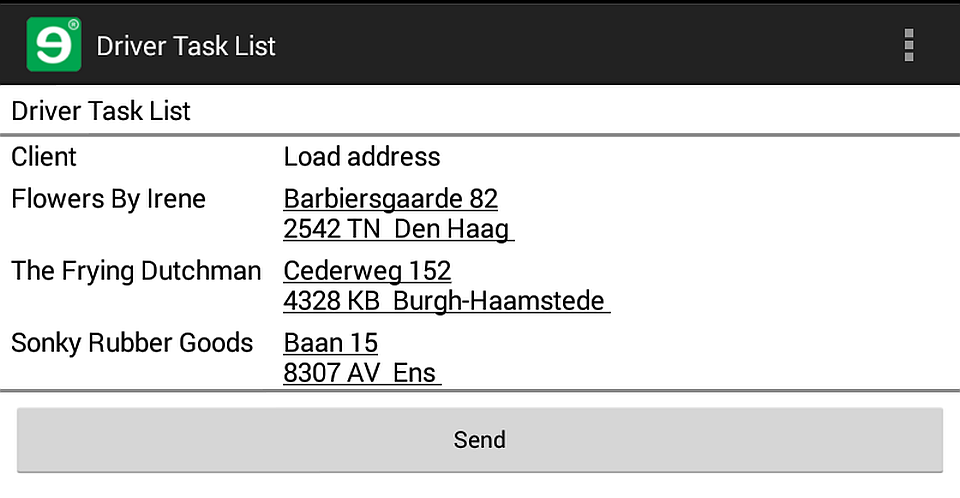

- #Cloud sync tap forms for free#
- #Cloud sync tap forms how to#
- #Cloud sync tap forms install#
- #Cloud sync tap forms generator#
PCloud comes with a simple web browser client that’s easy to navigate. This is all standard stuff and worth it for the extra space.
#Cloud sync tap forms install#
To get up to 7GB, users need to verify their email address, upload a file, install the desktop and smartphone apps, and activate “automatic uploads” on their smartphone. You unlock 2GB of storage after creating an account. PCloud gives its users 10GB of free storage, but they have to work for it.
#Cloud sync tap forms for free#
If you only need a small amount of cloud storage (and don’t want to pay), and pCloud have free plans available and both make it onto our list of the best cloud providers for free storage. Thankfully, offers another business plan, Teams Unlimited, which costs $180 a year per user and comes with unlimited storage. Depending on the type of work your business does, 1TB of storage may not be enough.

In comparison, offers 1TB of storage per user (minimum of two users) for $72 per year, so $144 to get started. Each user gets 1TB of storage, and unlike the personal plans, it includes a Crypto folder at no extra cost (more on that later in the “security” section). It costs $95.88 per year and must have a minimum of three users, making the upfront cost $287.64. pCloud has only one plan that targets business use. Now let’s compare what pCloud and offer the business sector. pCloud’s individual plans top out at 2TB, whereas has a 6TB option that costs $240 per year. Most people won’t need this option, but it’s nice to know it’s there for those who do. Users can upload files of any size (the likes of Dropbox have a 2TB limit). and pCloud are fantastic options for videographers and those handling large files. If you want extended file history of up to one year, you’ll need to fork out an extra $39 per year. On pCloud’s paid plans, users can retain edited or lost files for up to 30 days. Those on ’s basic plan can go back up to 180 days, and its other plans go up to 12 months back. Free users can restore files for up to 30 days (with pCloud, users only get 15 days). is more generous with its previous files and deleted file retention. pCloud also allows users to restore specific files and folders. This process differs from, which offers versioning on a file-by-file basis. PCloud allows users to restore their full account to a previous date and time. stores previous versions automatically, and they don’t take up your storage space. You can use file versioning with each service, which allows you to recover older versions and deleted files.

It’s not all bad news if you work with documents. offers file versioning for up to one year on select subscriptions. You can read more about each service in our pCloud review and our review. However, pCloud might be a better option for users concerned about speed, want extra features or prioritize file sharing and syncing abilities. Ultimately, pulled ahead to keep the crown as the best cloud storage option, winning in the pricing, ease of use, security, privacy and customer service.
#Cloud sync tap forms how to#
#Cloud sync tap forms generator#
How to Create a Strong Password in 2022: Secure Password Generator & 6 Tips for Strong Passwords.How to Securely Store Passwords in 2022: Best Secure Password Storage.Best Password Manager for Small Business.How to Access the Deep Web and the Dark Net.Online Storage or Online Backup: What's The Difference?.Time Machine vs Arq vs Duplicati vs Cloudberry Backup.


 0 kommentar(er)
0 kommentar(er)
